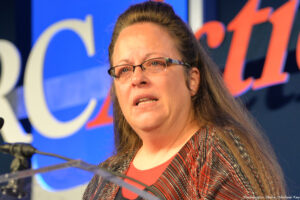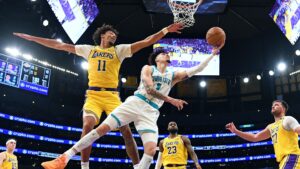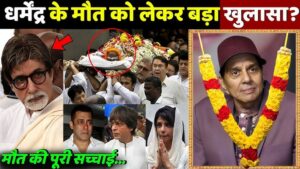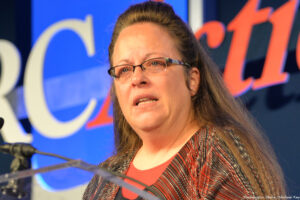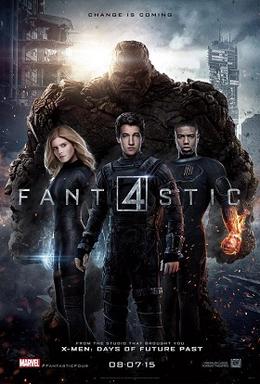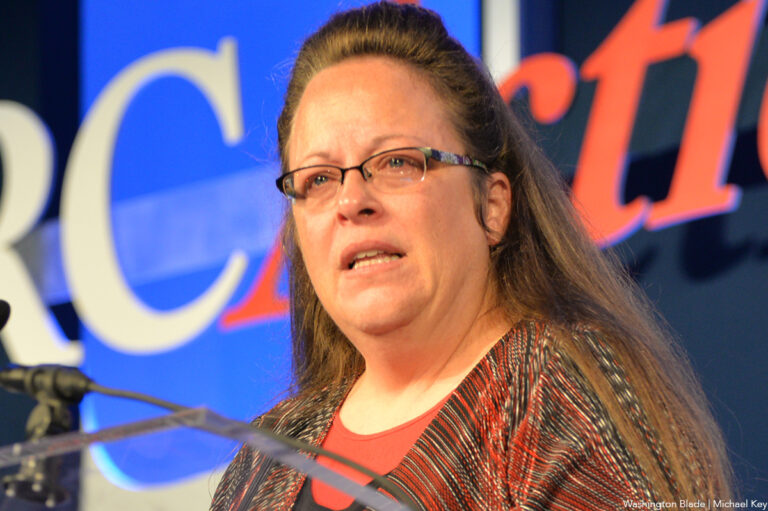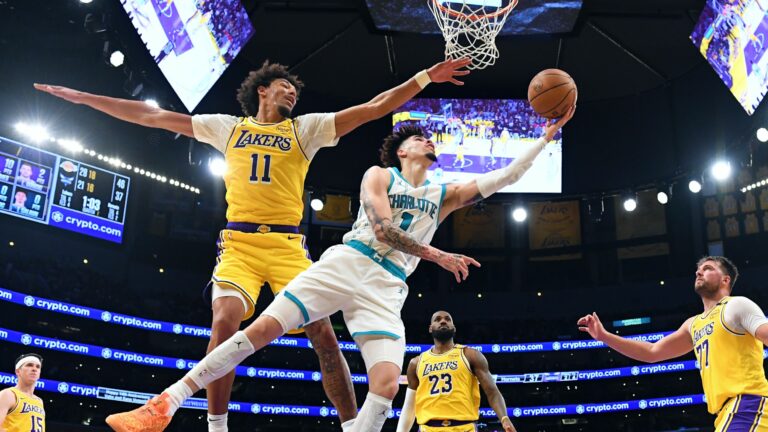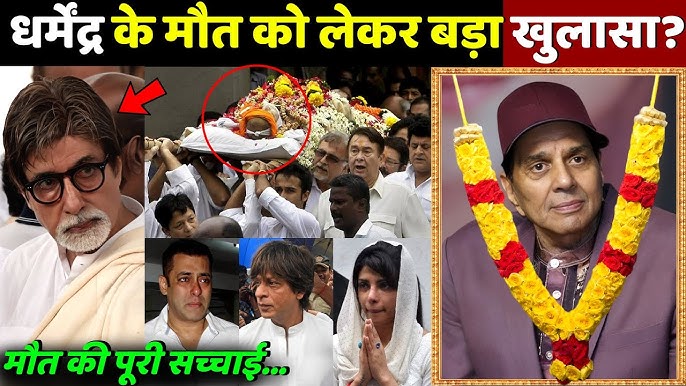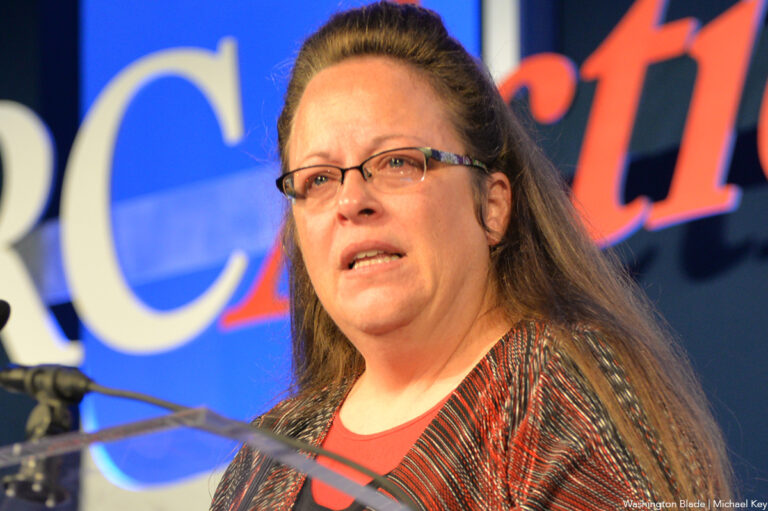Exploring the Fantastic Four: A Guide to the Marvel Movie Phenomenon
The Fantastic Four, a cornerstone of Marvel Comics, have made a considerable mark on the film industry, continuing to captivate audiences with their unique blend of superhero action and character-driven storytelling. In this blog post, we will delve into the evolution of the Fantastic Four in film, particularly focusing on the 2015 adaptation of the beloved team.
Understanding the Fantastic Four Marvel Movie
The Fantastic Four Marvel movie franchise began its cinematic journey in the early 2000s. Directed by Josh Trank, the 2015 film attempted to bring a darker and more dramatic retelling of the iconic superhero team to life. While the film faced challenges both critically and commercially, it marked a significant chapter in the ongoing narrative of superhero adaptations.
The Origins of the Fantastic Four
The Fantastic Four first emerged in Marvel Comics in 1961, created by writer Stan Lee and artist Jack Kirby. The Fantastic Four consists of four members: Mr. Fantastic (Reed Richards), the Invisible Woman (Sue Storm), the Human Torch (Johnny Storm), and the Thing (Ben Grimm). This team represents one of the first superhero groups to be portrayed with complex personal dynamics and flaws, which has contributed to their enduring popularity.
The 2015 Adaptation Challenges
In the 2015 adaptation, we see a reimagining of the origins of the team, focusing on a scientific experiment that goes wrong, giving the characters their powers. Critics have pointed out that the film struggled with pacing and tone, leading to a disjointed narrative that failed to resonate with audiences. Despite these setbacks, the film brought forth exciting elements and a fresh take on the team’s dynamics.
What Went Wrong?
One significant issue with the Fantastic Four (2015) was its deviation from the source material. Fans expected a strong adherence to the characters’ comic book origins, but the film’s dark theme left many feeling disconnected. Furthermore, the production struggles, including directorial conflicts and script rewrites, contributed to the final product’s lackluster reception.
Character Development in the Film
Despite its shortcomings, the film did provide an opportunity to explore the characters’ backgrounds and motivations. The portrayal of Reed Richards, played by Miles Teller, offered a glimpse into the mind of a brilliant scientist burdened by his own ambitions. Kate Mara’s Sue Storm presented a more mature and empowered version of the character, while Michael B. Jordan as Johnny Storm brought youthful energy, and Jamie Bell’s Ben Grimm depicted the struggle of a man turned monster.
Responses from Fans and Critics
The film quickly became one of the lowest-rated superhero movies, drawing criticism for its narrative structure and pacing. However, many fans appreciated the more grounded approach and the attempts at exploring deeper themes, such as friendship, betrayal, and the consequences of ambition.
Franchise Potential Beyond 2015
Even with its poor reception, the potential for the Fantastic Four franchise remains vibrant. As the Marvel Cinematic Universe (MCU) continues to expand, there are discussions about integrating the Fantastic Four into this larger narrative. The inclusion of such an influential team could provide exciting storylines and character intersections, bringing a renewed interest in this iconic group.
Future Directions for the Fantastic Four
With a new reboot on the horizon, fans remain optimistic about what the future may hold for the Fantastic Four. The MCU’s track record of transforming and revitalizing older characters offers hope that the next iteration will deliver what audiences crave – a faithful adaptation that captures the spirit of the comics while also appealing to modern sensibilities.
Conclusion
The Fantastic Four Marvel movie franchise has had its ups and downs, but the legacy of the characters commands attention and exploration. As we await the next chapter in the cinematic journey of these heroes, it is essential to understand not only where they have been but also the potential they hold in shaping the future of superhero films.
For more information on the Fantastic Four, you can visit their film page on Wikipedia.
